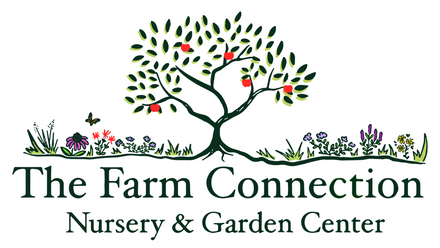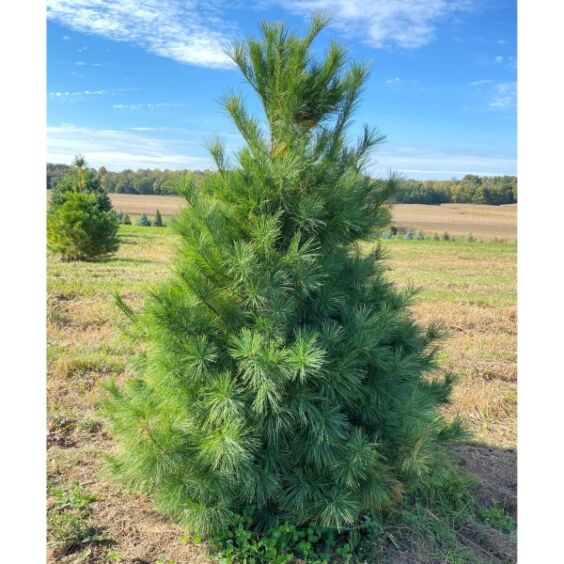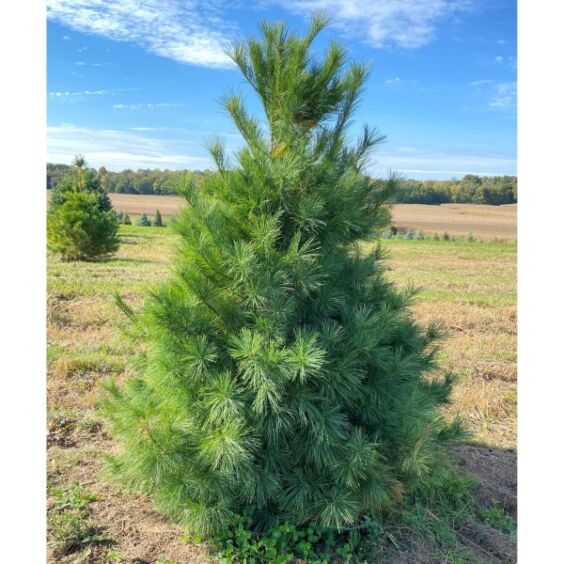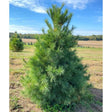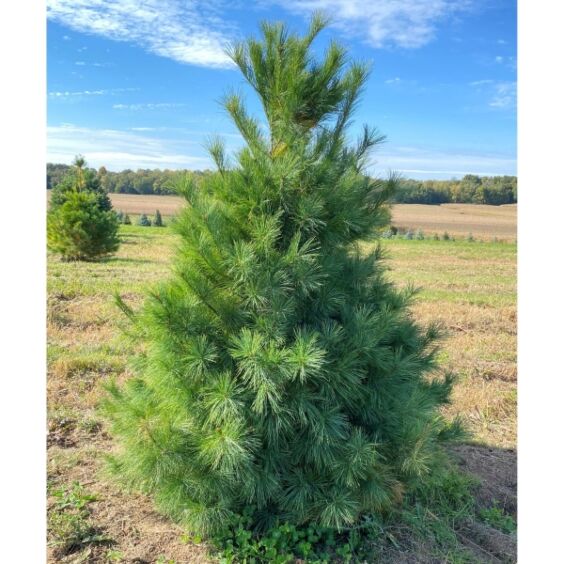Pine, White, Bare Root
Tall, Fast-Growing Pine for Wildlife & Windbreaks
Pine, White, Bare Root - Bare Root / 6-18" Seedling is backordered and will ship as soon as it is back in stock.
Couldn't load pickup availability
Delivery and Shipping
Delivery and Shipping
Make sure to thoroughly review our entire "Shipping, Returns, Refunds, and Our Guarantee" page for all relevant details about ordering from our store.
Making a purchase from our store constitutes an agreement to all the conditions outlined in those policies.
We appreciate your support and look forward to being your favorite plant provider!
Subscribe to our newsletter
Sign up for exclusive offers.
Eastern White Pine (Pinus strobus)
Eastern White Pine is a towering, long-lived native conifer that once dominated the great eastern forests of North America. With its soft, bluish-green needles, rapid growth, and high ecological and silvicultural value, Pinus strobus is one of the most versatile and important evergreens in regenerative land management. It supports birds and small mammals, provides shelter for overwintering insects, and serves as a valuable species in windbreaks, reforestation, and silvopasture systems. It’s also a prime timber species and a resilient backbone for native coniferous plantings.
Key Characteristics
-
Fast-growing and long-lived native conifer
Eastern White Pine can grow over 2 feet per year when young and may live for 200+ years. This makes it an excellent choice for establishing long-term canopy, wind protection, and structural diversity in both rewilded and cultivated landscapes. -
Provides essential wildlife habitat
Its dense evergreen canopy offers year-round cover for birds, especially during winter. Pine seeds are eaten by crossbills, nuthatches, grosbeaks, and small mammals, while the bark and needles shelter overwintering insects and support cavity-nesting birds. -
Supports insect and soil biodiversity
Though less insect-rich than deciduous trees, White Pine hosts several native moths and insects and contributes to forest biodiversity. Its deep roots and needle litter help build soil, improve structure, and support mycorrhizal networks. -
Adaptable to a range of soils and conditions
Eastern White Pine prefers well-drained, slightly acidic soils but tolerates sandy, rocky, or clay loams and varying moisture levels. It’s suitable for upland plantings, old field succession, and reforestation of cleared or degraded lands. -
Valuable in silvopasture, timber, and windbreaks
This species provides excellent wind protection, shade for rotational grazing systems, and high-quality timber for construction and furniture. It integrates well into long-term silvopasture and agroforestry plans.
Product Details
- Native range: Northeastern and upper Midwest U.S., Appalachian Mountains, parts of the Southeast
- Plant life cycle: Evergreen Tree
- Sun requirements: Full sun
- Soil requirements: Medium-dry to medium; prefers well-drained, acidic to neutral soils
- Mature height: 60–100+ feet
- Bloom time: Spring
- Bloom color: Inconspicuous (yellow male cones, green female cones)
- USDA Hardiness zones: 3–8
Eastern White Pine is a foundational tree in both natural and managed ecosystems. Whether you're rewilding an acre or establishing a productive silvopasture, its ecological services and landscape presence make it an invaluable addition.
-
Sun RequirementsFull Sun, Part Sun/Shade
-
Soil RequirementsMedium-Dry, Medium
-
Bloom ColorYellow
-
Bloom TimeMay, June
-
USDA Hardiness ZonesZone 3, Zone 4, Zone 5, Zone 6, Zone 7, Zone 8
-
Native StatesMaine, Vermont, New Hampshire, New York, Pennsylvania, Ohio, Indiana, Illinois, Michigan, Wisconsin, Minnesota
Payment & Security
Payment methods
Your payment information is processed securely. We do not store credit card details nor have access to your credit card information.
